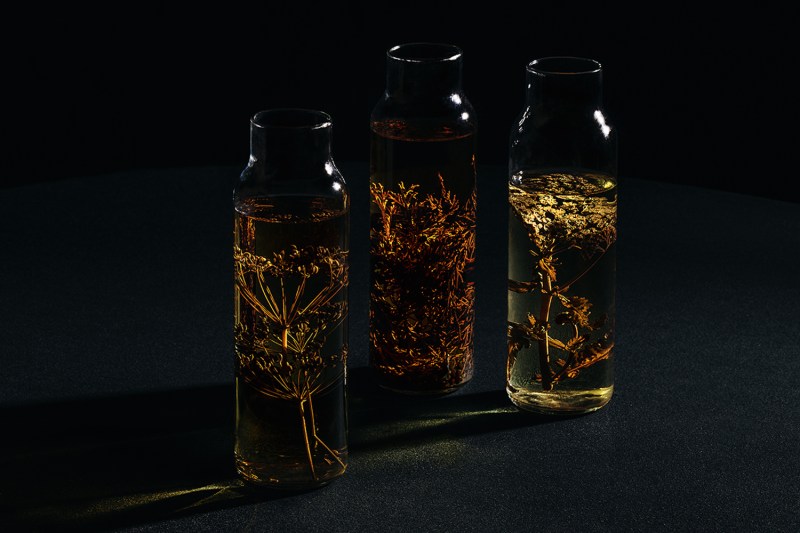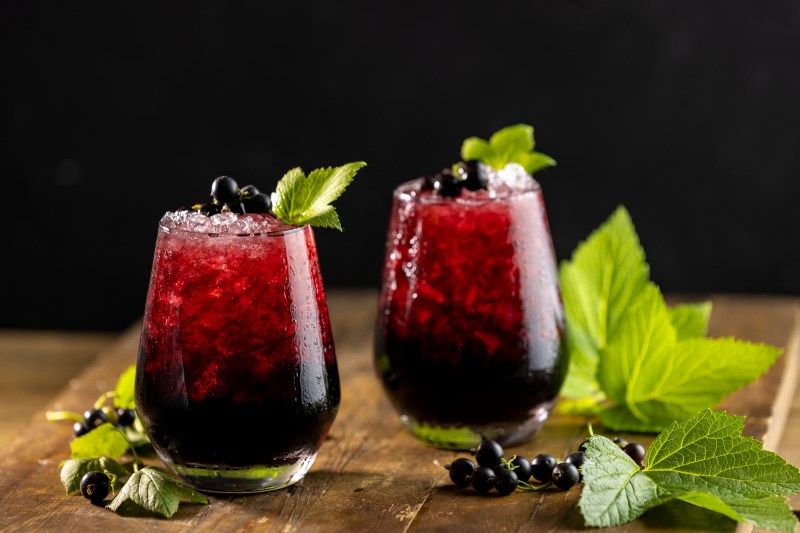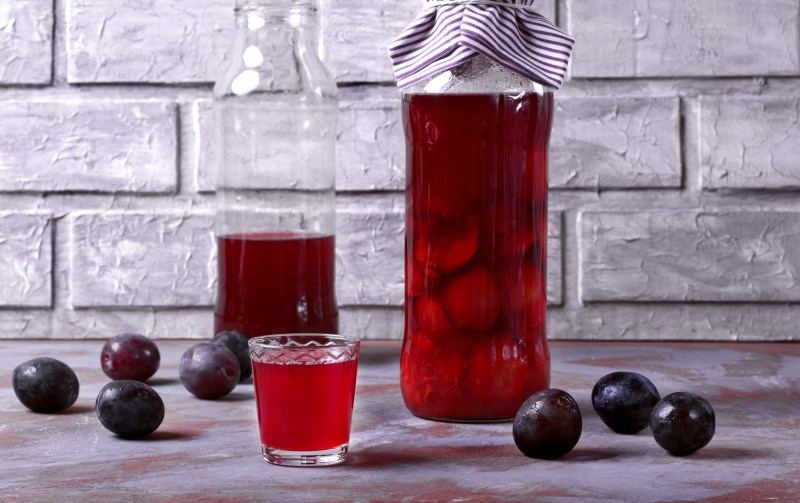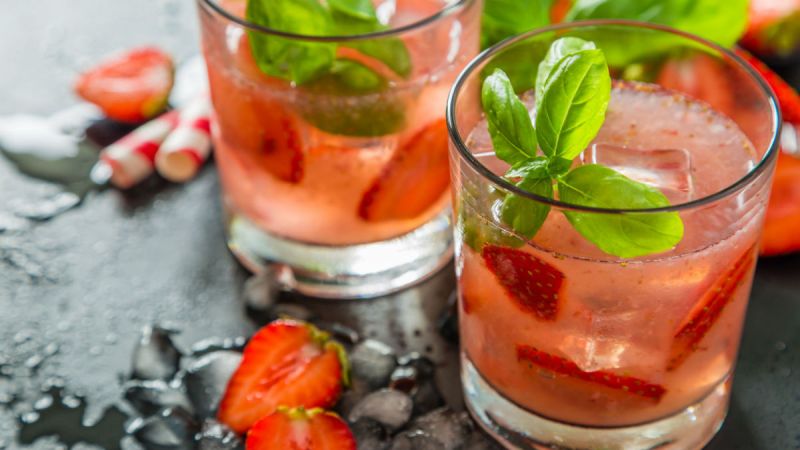
Infusing spirits is fun, relatively easy, and can lead to some extremely tasty results. This is especially the case with a fairly neutral clear spirit like vodka. With the right infusion, you can make even the sleepiest of vodkas alive and well — as an ideal sipper in its own right or the perfect addition to a cocktail.
Infusing vodka is a little bit of so many great things. Part foraging, part experimentation, part embracing the power of seasonality, it’s a great way to put your stamp on a bottle. It’s also an excellent way to elevate your at-home cocktail program, whether you’re after a more complex Bloody Mary or an off-the-beaten-path martini.
There are some great options the brands will gladly make for you, from coffee-infused bourbons to flavored gins and flavored vodkas. But for the DIY crowd, it’s hard to beat batching your own at home. That’s why we reached out to Portland restaurant Kachka.

Restaurant co-owner and beverage director Israel Morales has made an acclaimed side hustle out of infusing vodka. The restaurant pours much of it, from birch and black currant riffs to those infused with honey pepper, even tarragon. The horseradish version has become so famous that it gets bottled and sold on its own these days. Together, the lineup shows the versatility of vodka and how it can jump from okay to mesmerizing with the right preparation.
The book KACHKA is a great resource for fine-tuning your infusion game. In fact, we’ve included a great recipe to try out, below. As he states in the book, vodka infusions have been a big deal in places like Russia, Belarus, and Ukraine for generations. Like so many things related to the history of alcohol, they began as a means of both preserving things and offering some medicinal qualities.
The book makes a few key suggestions. First, they believe in steeping times. Sometimes you want to infuse well past the peak of flavor to let time mellow things out, while other ingredients require you to stop infusing before “volatile or bitter compounds take over.”

Secondly, don’t shy away from the cheap stuff. Morales opts for perfectly suitable bottom-shelf options. Lastly, shelf life is important. The infusions will lose integrity over time, so make sure to consume them within a couple of months. Beyond that, they won’t make you ill, but they will lack in flavor and intensity.
Beyond the book, there are some general rules to follow when infusing vodka. It’s important to use fresh ingredients when possible and remember to strain the finished product with something like cheesecloth. If you want to keep some of the larger ingredients in the bottle (it does look cool), go for it, but things like seeds and smaller berries may not be welcome in your glass. In terms of infusion environment, think of it as you would wine. Cool and dark is best as the alcohol takes on the character of the added ingredients.
You’re now set up with the basics for infusing some vodka. Put on your mad scientist cap, get some cheap hooch and a few extra vessels for transferring the stuff when it’s time, and get to it.
Strawberry Vodka

Excerpted from the book KACHKA by Bonnie Frumkin Morales. Copyright © 2017 by Bonnie Frumkin Morales. Reprinted with permission from Flatiron Books. All rights reserved.
Strawberry vodka is like a time capsule in a shot glass, capturing a bowl of berries at their absolute peak ripeness. And somehow amplifying the flavors, making them even more than they are. One of our best regulars is so enamored with this infusion that he’s been known to drop everything and come running when this highly seasonal infusion is ready. And he’s not alone — it’s something of a religious event around here.
Ingredients
- 1 cup whole strawberries (we use Oregon’s hood strawberries, but any peak-of-season variety will do)
- 1 bottle of vodka (750 ml)
- 2 tablespoons sugar
Directions
- Thoroughly wash the strawberries and remove the stems. Place the whole strawberries in a quart-sized mason jar and pour the vodka over it. Screw on the lid and let steep for one week in a dark, cool place. Reserve the vodka bottle for the finished product.
- After steeping, strain the vodka from the strawberries into the bottle using a fine-mesh strainer and funnel. Discard the strawberries. Add the sugar, close the bottle, and shake to combine. Freeze for at least one hour before serving.
Read more: Easy Liquor Infusions
Editors' Recommendations
- How to make the best vodka gimlet for a twist on a classic
- How to start your own home bar: the tools and mixers
- How to start your own home bar: the essential spirits
- How to age fish at home (your new favorite hobby)
- Gin, vodka, whiskey? New spirits are defying categorization


